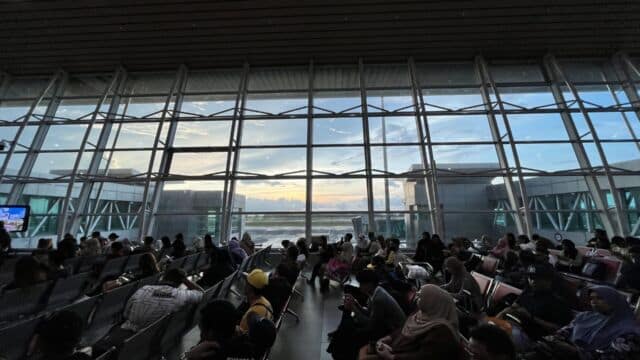Driving Malaysia’s E2, Or: How Can We Not Rage?
Photo: Pavithira Dewi
The North-South Expressway Southern Route E2 | 2,500 words
The North-South Expressway Southern Route E2, connecting Seremban to Ara Damansara, begins here. I overtake a car and cross two lanes to the left, where there are three toll booths open for TouchNGo users, and rapidly slow down. When you have short arms like mine, you have to drive your car really close to the booth, the side mirror almost kissing the smart card detecting machine. I flaunt my skills, as though the driver of the Wira in front of me who conveniently used a fly swatter to tag their card can even see my risky manoeuvring. I like to pretend I am a good driver.
I have arrived at many momentous events of my life without premeditation. First love, first job, first car… On the highway is the closest I feel to a sense of certainty and direction. I have somewhere to be, Waze and Spotify for company, and on better days, I might even have a real person in my car, to look up at the road, point a finger near the windscreen and direct me. There, there’s the turning, not this one but the next, don’t miss it again! On the highway, I feel there is a location to arrive at, even for dislocated people.
*
A dead monkey.
A dead dog.
A dead cat.
A dead bird.
A dead rat.
A dead snake.
Or is that a plastic tube? Yup, a plastic tube. A dead biawak. A car headlight and front suspension hanging from a guardrail after some horrible accident that hasn’t been cleaned up. A sobering realization of these death machines we buckle ourselves into. A burst tire from an eight-wheeler. Watch out, hazard reported ahead. One ominous slipper. A crumpled-up McD paper bag. A child sandwiched between parents who have clearly not been traumatized enough by that old Y2K PSA of a helmetless watermelon crashing repeatedly against a barrier. A police bike urgently pushing four lanes of traffic aside to an almost standstill to make way for…
A black Vellfire.
A black Vellfire.
A black Vellfire.
A white Vellfire.
A police car.
Another black Vellfire.
Another police car.
Endless sirens.
Important people going to important meetings. The rest of us are assumed to have the luxury of lateness. I press the accelerator, switching gears and lanes as I move to the right, feeling the resistance of the tires finally give… only to have headlights flash behind me. Fuck! Porsche. Never trust the rich buggers. They’ll mow you down for going a measly 20km/h over the speed limit. They have enough money to lose.
I change lanes, my middle finger up, but hidden from view: a private retaliation. I signal to change lanes again—but oh wait, the Porsche is being chased by a Myvi, the best-selling sub-compact car for the Malaysian middle class. Never trust those buggers either. They have nothing to lose. They’ll kill you and themselves. Speaking of killing, if my mother finds out that I regularly venture into the rightmost lane, she will, to roughly translate, “break my legs and put them in my hands.” I don’t listen because, after all, I drive a Myvi too.
*
My parents learnt to drive in their forties, way after their peers. My father’s driving instructor, a man he called Lingham Sir, was terrifying, I hear. My mother told us that Appa even cried in frustration when he returned home after a bad lesson. He was not used to condescension and a raised voice from a man not much older than him.

“We treat our own people worse because we can’t wag our tail in front of others,” she said, using a Tamil saying.
Our first car was a second-hand mint-green Charade. His name was Carrot, because I was six and my parents were neither fluent enough in English nor attentive enough to my ramblings to overrule me. Prior to Carrot, Amma took two buses and a ten-minute walk to the office. Appa got on a workers’ van and returned home at 1am every day, looking every bit as weary as his kids when they exited their school bus.
A few years later, Carrot was replaced with a used forest-green Mazda Astina, named Bablu, because he looked like a Bablu to me. By then, I was in primary school and was impressed by this upgrade because Bablu’s eyes fluttered open at night, his metal eyelids rising up to reveal two dim yellow lights. My mother got herself a white Kancil (unnamed because, in comparison to Bablu, it was lower in rank, and smelt rank).
Amma drove to pick me up from Mr Bala’s Math tuition every other day. By “drive”, I mean she used to let it roll down the hill of Taman Sri Gombak, pulled only by gravity. The car was so small and compact that we could have carried it like the Flintstones if we were truly determined and pressed for time. Even at that speed, she got into an accident, sandwiched between a bus and a car, crumpling the already crumpled third-hand car to the extent that it was unusable. She never drove again.
Then, we invested in a second-hand gold Honda City called Babu, a descendent of Bablu. We had finally settled down. Our cars, though old and often with serious braking issues, were growing bigger and bigger. Yet in spite of the upgrades, we always left home an hour earlier than we needed to. Appa was bad at reaching a destination on the first try, and the possibility of rain made him anxious. So, whenever we could, we parked near a station and took a train to wherever we needed to be. If we ever made it to the highway, we kept to the middle lane at best. I have never seen Appa venture over to the foreboding rightmost lane.
The running joke was that when Appa drove, you could count every leaf on the tree you just passed by. No, the running joke was that jokes ran faster than Appa’s car. He infuriated many on the road—humming his little songs, mumbling to himself, making his way one wheel rotation at a time.
Now that I’m older, I think of his father, a barber who got paid each week in double digits. He used to walk three kilometers from the bus stop under the scorching afternoon sun, carrying bags full of cheap snacks and ingredients to make spinach curry for his grandchildren. I bet he never imagined owning a car, let alone driving down a highway. Was it hard for Appa to live with that knowledge? Did we come across as ungrateful each time we complained?
*
Bear with me, we’re getting somewhere, I swear. But I am my father’s daughter, after all. I’m prone to missing an exit or two and driving ten kilometers out of the way for a U-turn.
Why do sunsets look especially gorgeous, stunningly orange with streaks of pink and purple, when all that stands in the way of them is a long grey asphalt road? Why does the world seem prettiest when I can’t afford to stop and admire it? I spend most of my time on the road playing hide-and-seek with the sun, accelerating when a building blocks it and slowing down when a golden halo silhouettes the surrounding leaves. I’ve learnt to live my inner life out in a car. I do my thinking, karaoke-ing, fake-arguing, trauma-healing, and elaborate fantasizing about being a famous writer, or falling in love, or being famously in love, in this metal cage.
When I run out of plot ideas, I play a mental game of Words Scramble.
Range Rover
Avenger
Anger
Enrage
Gear
Veer
Over
Grave
Overran
Govern
Groan
I shouldn’t be so cavalier about driving. There is nothing more immediate and sensory-assaulting than driving down a highway day in and day out. I could name way more billboards off the top of my head than I would like to. Want to try?
MC+ Online Tuition, with a comically grinning man in a suit. The Anggun Collection of Baju Kurung. Kekaboo Premium Headscarves. Syahqist Patchwork Bedsheet. MK Curtain with the most boring maroon background that someone got paid to design. Edu Group’s Datuk Wira (Dr) Calvin Khiu, I still don’t know what he does for a living. Bayi saya tak meragam lagi, my baby is no longer cranky. Appeton Wellness Berjuang Untuk Sembuh (Fight to Recover) , featuring a bald white woman who looks contextually out of place but mildly interesting in her hospital gown, with her fist up, and a boxing glove on. Bayi saya tak meragam lagi, a different Malay baby this time. Love Garden Man, the Bob Ross of Malaysian botany. Bayi saya tak meragam lagi – I’m about to drop-kick a baby. A Malaysian Kanye lookalike selling perfume. Erra Fazira selling collagen drinks. BTS selling COWAY water purifiers. Zafesha foundation pilihan no 1 untuk geng mak2 jer, the number 1 choice, for moms only. Stres? Jangan Stres!
Nothing induces road rage as much as seeing Aznil Nawawi emerge from a billboard at an angle, saying, STRESS? DON’T STRESS!
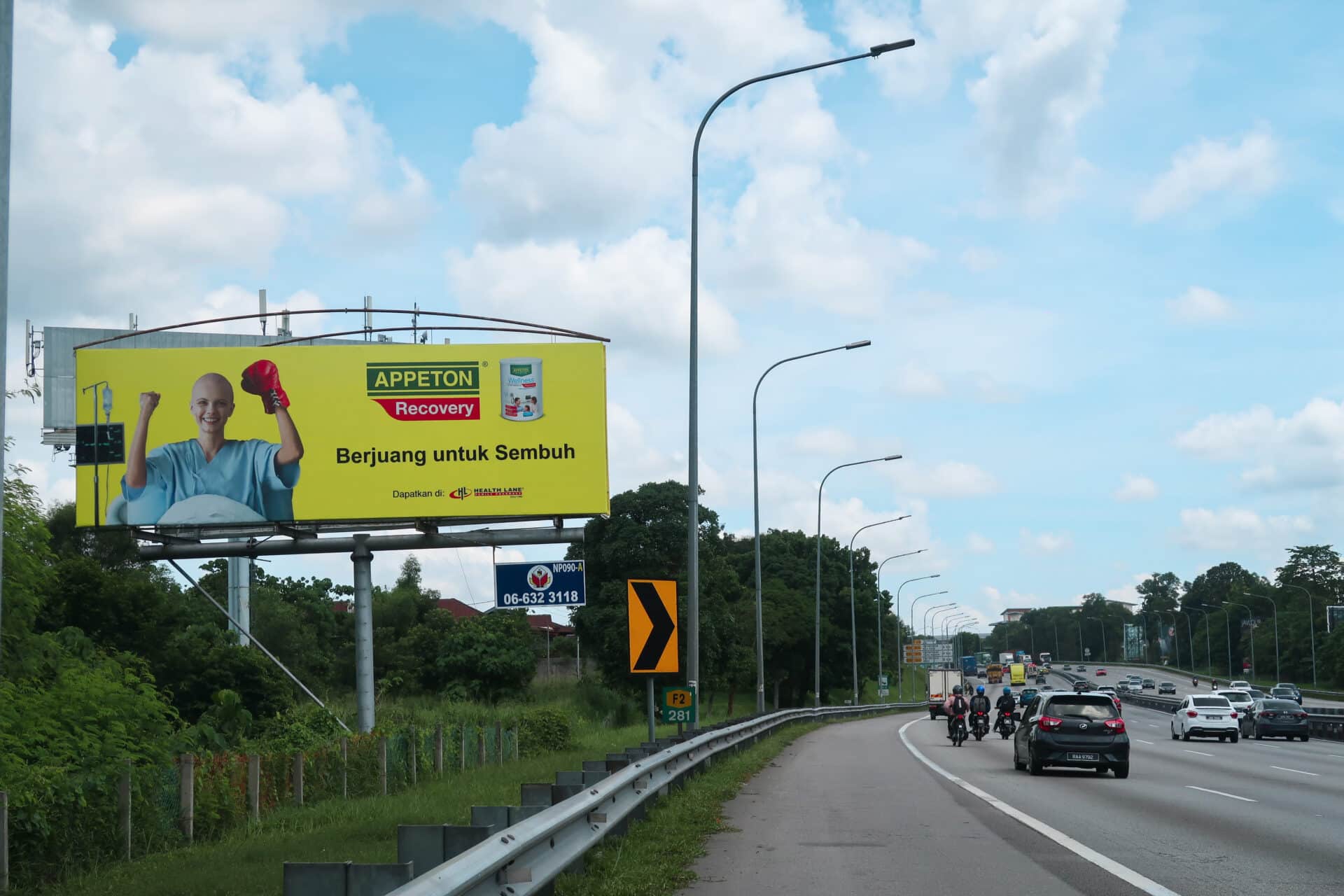
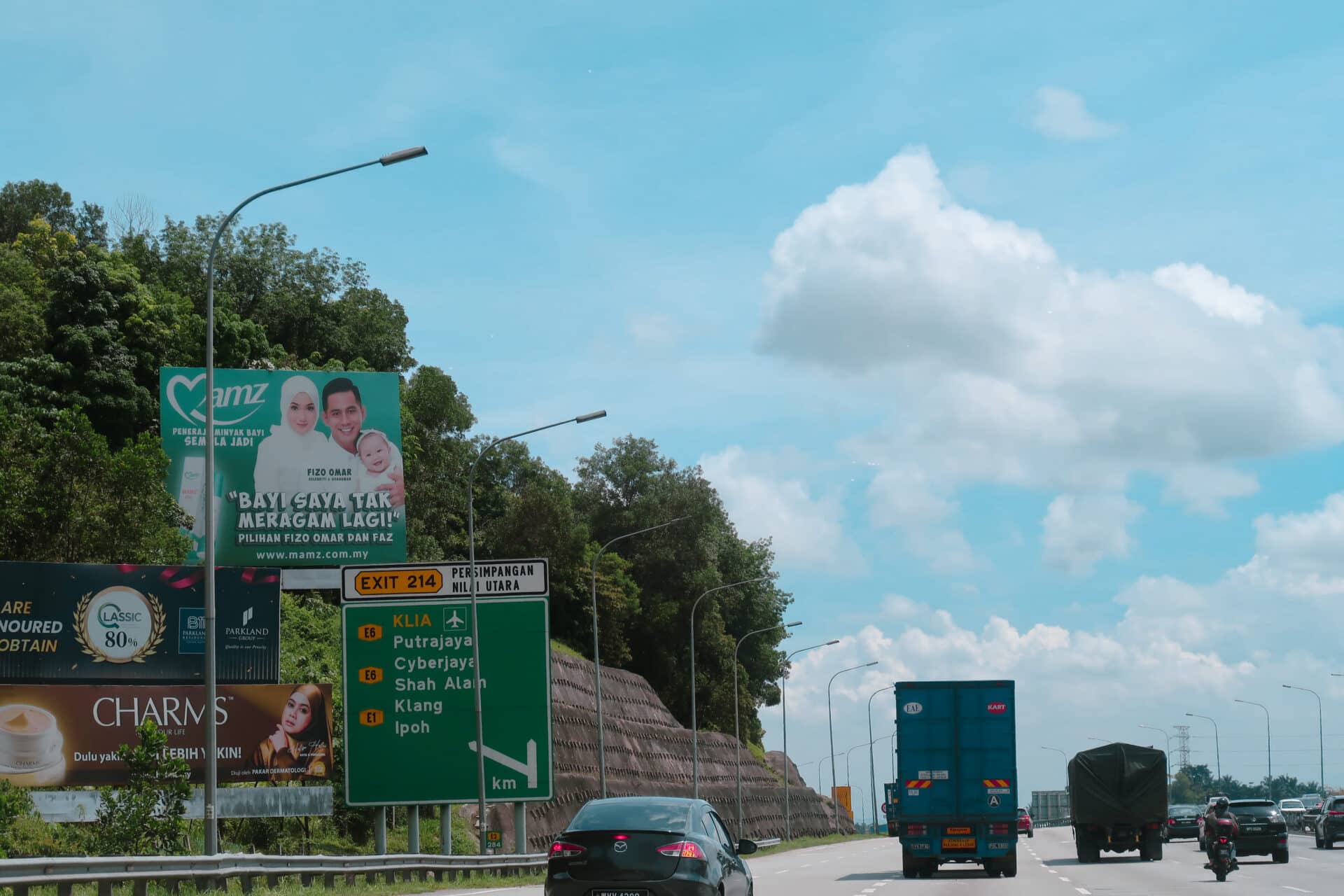
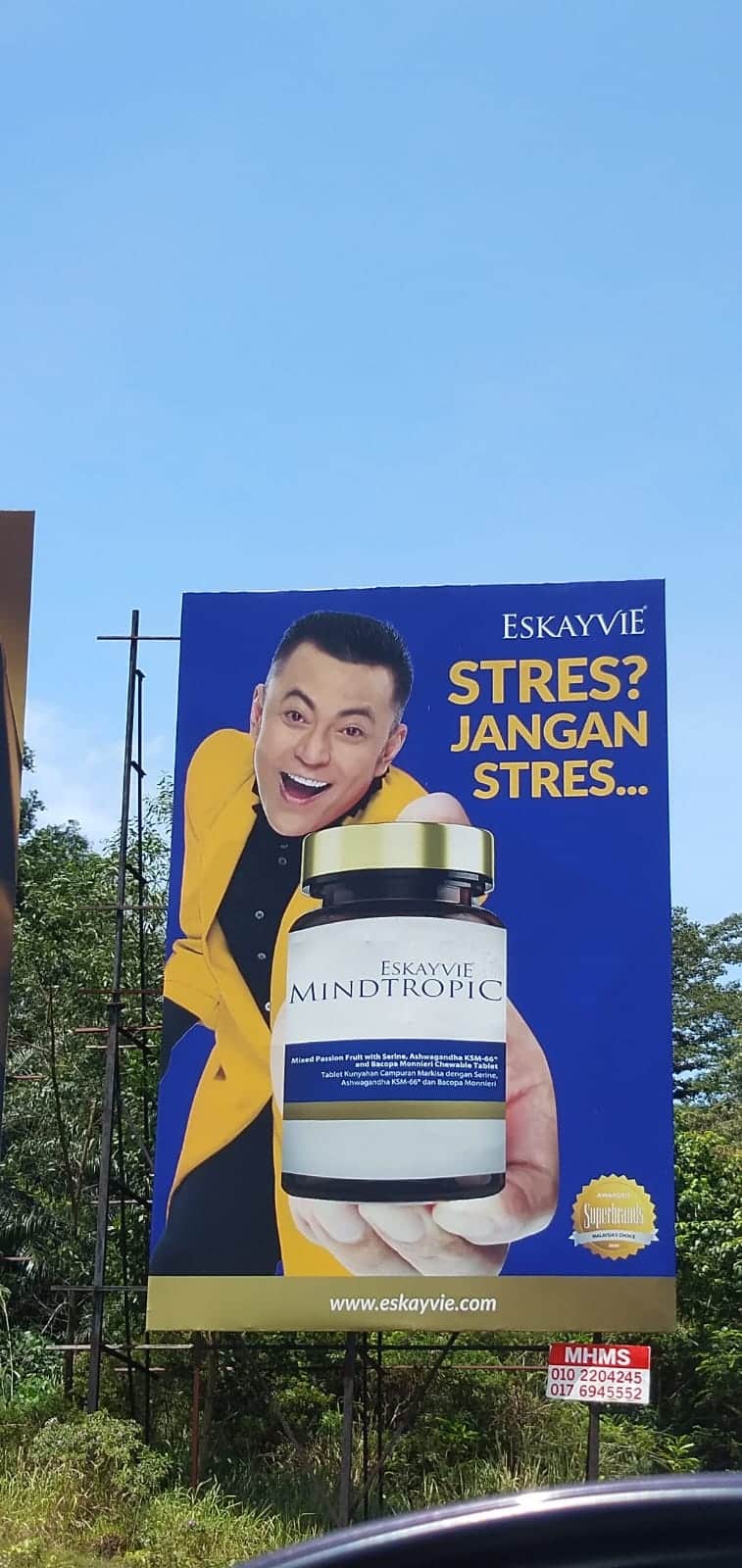
Sorry: this isn’t a story about billboards and unconscionable capitalism. Or maybe it is. Hundreds of thousands of cars driving down the North-South Expressway, being bombarded by advertisements and roadkill and PSAs by radio stations that play more badly-written jingles than the music we tuned in for… how can we not rage? How can we not go 40km/h over the speed limit, keeping one eye out for the police cars that stop migrant workers by the side of the road, our noses sharp to the odour of tires wearing out, all in the hopes of reaching somewhere that will let us out of this machine?
*
I drive past the Sime Darby Oil Palm Plantation in Nilai, tracing my eyes over rows and rows of rhythmically-swaying palm fronds, a graveyard of trees. Recently, Sime Darby was cleared of its forced labor allegations.
Forced labor
Arbored
Fordable
Colored
Border
Blurred
Corrode
Forbade
Durable
Forbear
My great-grandfather was abducted by the Japanese to build the Burma-Siam Railway. He did not make it back. That absence, generations after, continues to gape, demanding to be recognized. Here’s a piece of lost history, here’s a missing limb from the family tree. Here’s the reason my grandmother was the way she was and why she passed on the wounds to my mother, and why we now live like the half-ripened fruits of ancestral labor. It makes a good story, apparently. I write about it and cash in. I have to live with that knowledge.
Yet, my great-grandfather who died building railways and roads in a part of Southeast Asia he couldn’t recognize on a map is no exception. Many of us share the same origin story — that of lower class, Tamil men manipulated or manhandled to take a boat to the Malayan peninsula where they would be put to work till death or worse, habituated to cruel conditions. From clearing land for agricultural use, to building roads, to tapping rubber, to grieving their children who died from easily-preventable diseases, many of our stories are rife with the clichés of indentured servitude. Stories of beaten men from beaten races, the sun-crumpled poor, glistening with sweat as they set the tar in the grey asphalt roads that turned Malaya into Malaysia.
I wonder if the sunsets still looked beautiful then, when they worked to their bare bones, asking very little because the only languages they were fluent in were that of a white man’s boot and old rice water to quench their hunger.
*
Exit 213, Bandar Seri Putra Mahkota. I have four more exits to reach home. Finally, a two-hundred meter stretch of green with no billboards in sight — Xiao En Nilai Memorial Park. Fair, only the dead get to rest these days. What a serene, green landscape for a final resting place, so beautifully arranged, row after row of equal-sized, uniformly-distanced, glittering marble. A garden full of once-people.
We buried my father in the Ampang Hindu Cemetery in a lot smaller than the parking space that his second-hand Charade used to occupy. The garden there boasts overgrown grass, enough stray dogs to make a petting zoo, and narrow spaces in between unsymmetrical, cracked stones. We have to tiptoe to my father’s resting place in fear of stepping over someone else who’s buried underneath. The caretaker only cleans when he sees us, spraying water over the small monument to clear off the bird poo, dried leaves, and spiders. I can’t blame him or anyone else in charge of maintenance there. This is how most of my people lived in this country; it’s fitting that this is how we rest too.
Xiao En Nilai Memorium
Minimum
Menial
Maximum
Melanin
Immune
Anorexia
Remain
Alien
Animal
Exile
Hundreds of thousands of us, ceaselessly driving along the rainbow bridge of the Malaysian Dream, ignoring the billboard signs that never look like us unless it’s to sell curry powder and hair oil. We look away from the roadkills and turn down the PSAs about crime rates and violence and politics and police when all we want is to listen to music… how can we not rage? How can we not go 40km/h over the speed limit, keeping one eye out for the police cars that stop migrant workers by the side of the road, our noses sharp to the odor of ancestral aspirations vaporizing like gasoline fumes, all in the hopes of reaching somewhere that will let us out of this machine?
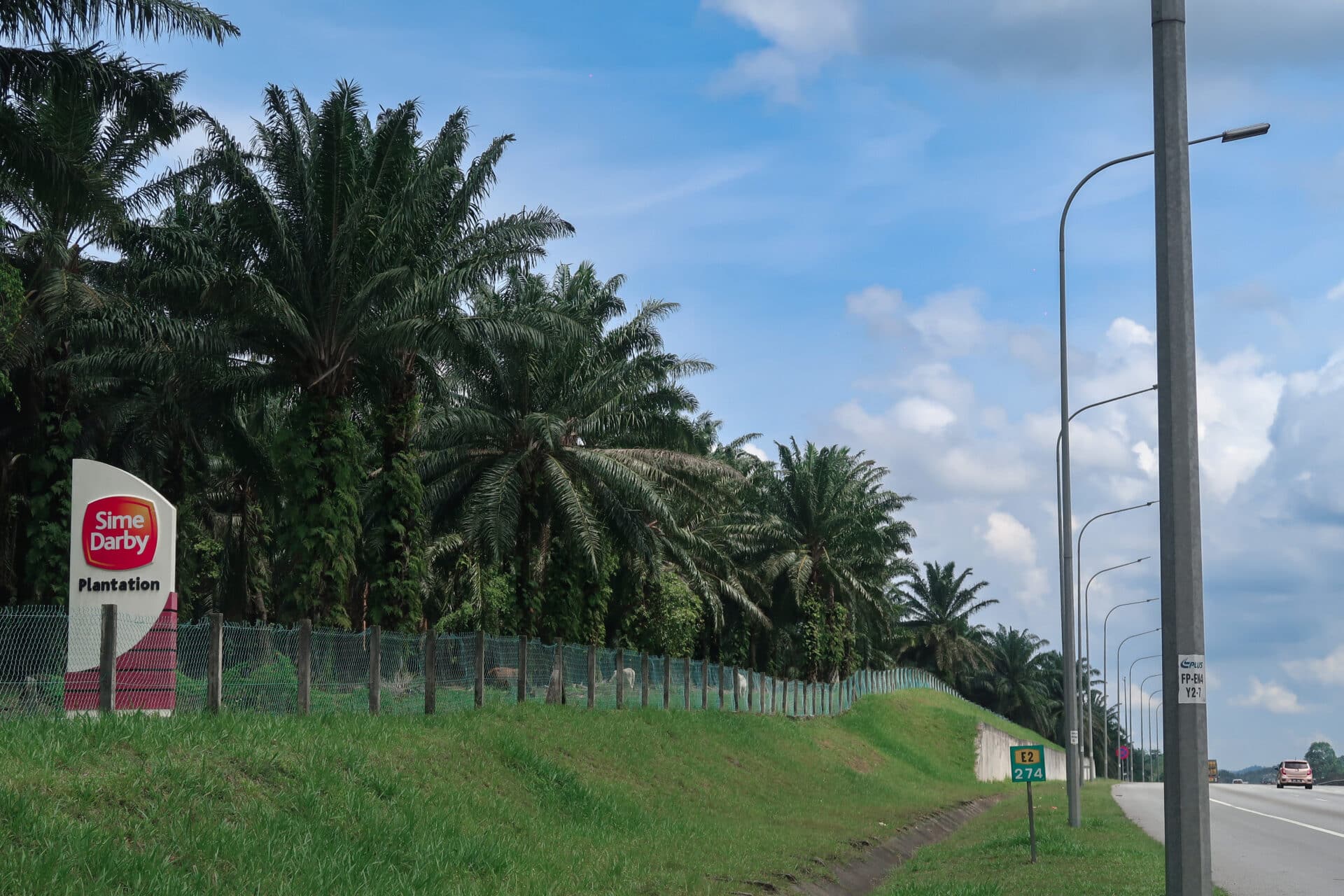
I drive my second-hand Myvi, my inheritance from a father who had only ever driven second-hand cars. The North-South Expressway is a magnificently long highway, connecting Peninsular Malaysia to the borders of Thailand and Singapore—the likes of which my grandparents had never seen from the enclaves they resided in. I have to live with that knowledge even as I complain about the state of affairs today.
I think I missed a turning point in this story. I’ll let you know when I see the exit. Until then, touch and keep going.
© Enbah Nilah
Commissioning editor: Anna Tan
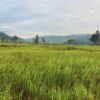
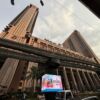
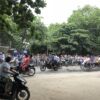
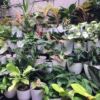
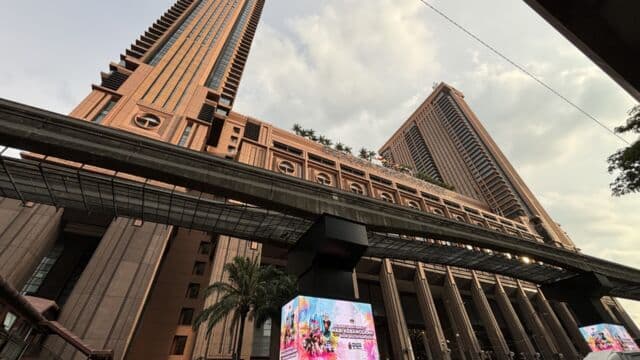
-640x360.jpg)
